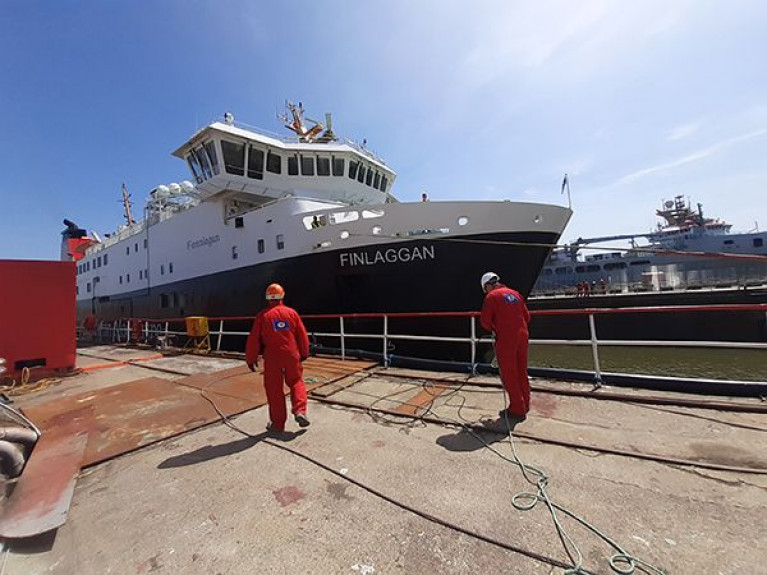According to Merseyside shipyard Cammell Laird, demand for longer term repair and maintenance framework relationships from ferry operators is increasing as the sector prepares to recover from Covid.
Despite a reduction in ferry projects at the UK facility in Birkenhead, north-west England, during 2020 as many operators, particularly those involved in passenger traffic, delayed all but vital work – the market for wider maintenance and repairs is improving.
In particular, ferry operators are showing an appetite for longer term contracts and greater collaborative working with the supply chain, rather than dealing with routine repairs and maintenance on a purely annual or individual basis.
Neil Harden, Commercial Director at Cammell Laird Shiprepairers & Shipbuilders Limited said: “Although there was a reduction in ferry work during 2020 due to the pandemic, there is a growing movement away from short term thinking in favour of longer term solutions.
“Ferry operators are seeking greater certainty. That’s in relation to cost and vessel availability, but perhaps more importantly in the workings of these supplier relationships too. In our experience it is long-term collaborative partnerships that yields the in-depth knowledge of vessels that is so crucial to effective problem solving, maintaining the highest level of vessel availability and increasing programme efficiencies.”
This approach also affords Cammell Laird the opportunity to plan ahead – ensuring dock, equipment and resource availability and communicating with subcontractors well ahead of time.
In January, Cammell Laird secured a four-year contract with CalMac, one of the UK’s largest ferry operators, for the annual maintenance and dry docking of the five largest vessels in its fleet, using this model.
The contract from CalMac provides a long-term, collaborative and cost saving approach for the MV Clansman, MV Loch Seaforth, MV Lord of The Isles, MV Finlaggan and MV Hebrides. Each of the ferries will dock at Cammell Laird each year.
Neil added: “We had enjoyed a long-standing relationship with CalMac Ferries for some time, but this is the first time we’ve been awarded a long-term framework type contract in this way.
“Since the start of this year, interest in this long term contractual model has really piqued and we are currently exploring a number of similar agreements with several major UK ferry operators. We have the optimum facilities to support the ferry sector with four docks to suit larger vessels, plus the afloat berthing facility in the wet basin is used for MCA life raft deployments and running engines under load after major overhauls.”
During 2020, Cammell Laird delivered projects also for CalMac's MV Finlaggan (as pictured) for rudder repairs. In addition Seatruck Ferries’ ro ro freight ferry mv Arrow following grounding damage, and another of ro ro freighter MV Clipper Point, that was in dry-dock for bow thruster repairs.
In the first quarter of 2021 Cammell Laird undertook seven scheduled ferry dry dockings. Another 13 routine repair and maintenance dry dockings are scheduled for later this year.


























































